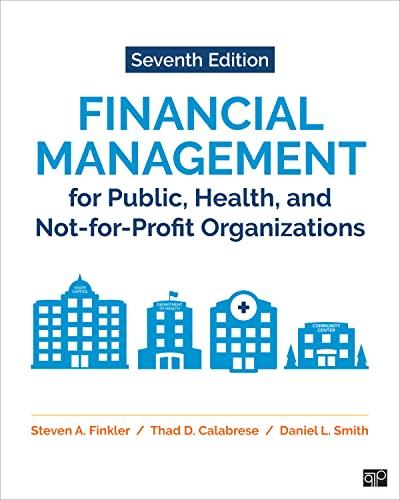
6:36 case study mba-Fall 2020-21 (1) Instructions According to the syllabus of the course, this is a group project. You already mentioned about your group. Have the same group for this case study. However, one group cannot consult with another group. You will submit by email attachment. It must be typed. You must show your work completely. Finally, make everything clear in your answer and do not assume that I will be able to read your mind. I will grade what I will see. Deadline will be not extended. Submission after the deadline will be subject to penalty. I have chosen a particular company for each group. The list is given below. You will use the data of that company for this case analysis. Part I 1. For the first part, you need to find the weighted average cost of capital (WACC) of your company. 2. You have already found the beta of your company (available also in finance.yahoo.com). Find the average risk-free rate and market return for the same period. For the risk-free rate use the treasury bond or bill rate. For the market, use S&P 500 return. Convert monthly return into annual return. From all the information above, find the expected return of your stock. You can also call it cost of capital for equity. (hint: you can use CAPM). 3. Now, you need to find cost of debt of your company. Do some research to find the YTM of your company. It should be available in the internet. 4. Next you need to know the weight of debt and equity in the capital structure. Go to yahoo.finance and open the annual balance sheet of your company. It will give you information regarding the value of debt (use only long-term liability for simplicity) of your company. Total value of equity of your firm is the market capitalization (no. of shares outstanding times stock price). Total value of your firm is the summation of the value of equity and the value of debt. 5. Assume average tax rate in the U.S. is about 20%. 6. Once you have all the information, use the formula for WACC to find the cost of capital of your firm. This is the minimum rate of return your firm must make if any new project is accepted. 7. What could happen to WACC if inflation goes up in the U.S. goes up? Discuss. 8. The U.S. and China have been engaged in heated trade negotiations. Now Joe Biden is the president of the USA. What will happen to WACC if the trade negotiations end up in some kind of average 5% tax on each other's products? (Assume your firm has significant business with China). Part II 9. It is a capital budgeting problem. Assume that XYZ company wants to invest in a new project that needs $2.65 billion time 0). It is expected that it will give cash flows as given below. 6:36 case study mba-Fall 2020-21 (1) Instructions According to the syllabus of the course, this is a group project. You already mentioned about your group. Have the same group for this case study. However, one group cannot consult with another group. You will submit by email attachment. It must be typed. You must show your work completely. Finally, make everything clear in your answer and do not assume that I will be able to read your mind. I will grade what I will see. Deadline will be not extended. Submission after the deadline will be subject to penalty. I have chosen a particular company for each group. The list is given below. You will use the data of that company for this case analysis. Part I 1. For the first part, you need to find the weighted average cost of capital (WACC) of your company. 2. You have already found the beta of your company (available also in finance.yahoo.com). Find the average risk-free rate and market return for the same period. For the risk-free rate use the treasury bond or bill rate. For the market, use S&P 500 return. Convert monthly return into annual return. From all the information above, find the expected return of your stock. You can also call it cost of capital for equity. (hint: you can use CAPM). 3. Now, you need to find cost of debt of your company. Do some research to find the YTM of your company. It should be available in the internet. 4. Next you need to know the weight of debt and equity in the capital structure. Go to yahoo.finance and open the annual balance sheet of your company. It will give you information regarding the value of debt (use only long-term liability for simplicity) of your company. Total value of equity of your firm is the market capitalization (no. of shares outstanding times stock price). Total value of your firm is the summation of the value of equity and the value of debt. 5. Assume average tax rate in the U.S. is about 20%. 6. Once you have all the information, use the formula for WACC to find the cost of capital of your firm. This is the minimum rate of return your firm must make if any new project is accepted. 7. What could happen to WACC if inflation goes up in the U.S. goes up? Discuss. 8. The U.S. and China have been engaged in heated trade negotiations. Now Joe Biden is the president of the USA. What will happen to WACC if the trade negotiations end up in some kind of average 5% tax on each other's products? (Assume your firm has significant business with China). Part II 9. It is a capital budgeting problem. Assume that XYZ company wants to invest in a new project that needs $2.65 billion time 0). It is expected that it will give cash flows as given below







